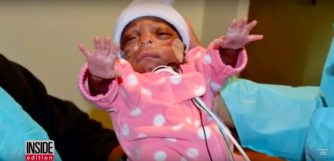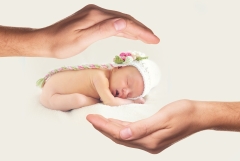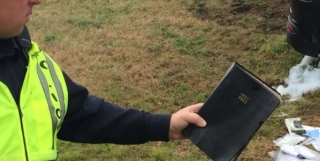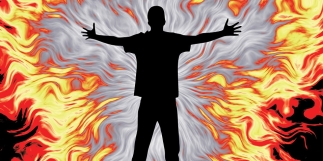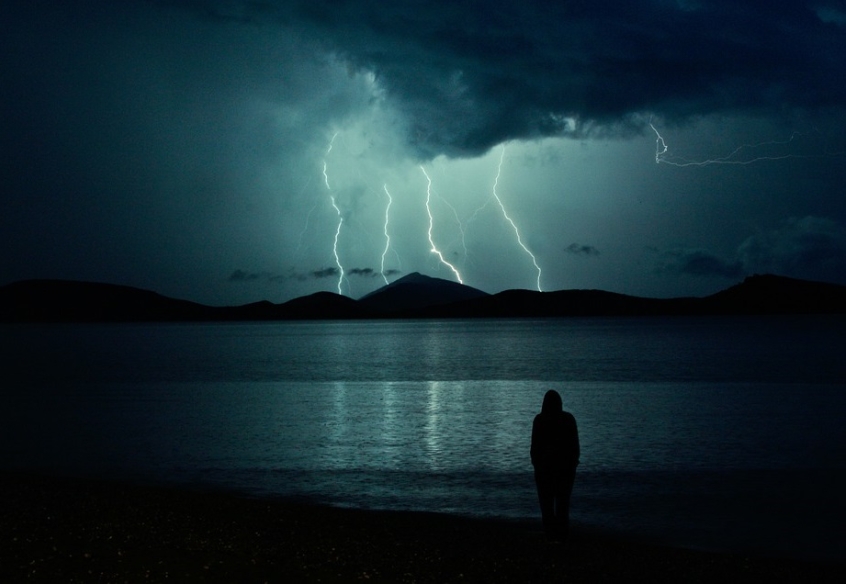
A miracle happened along a road in South Africa recently when a man who went down after being directly struck by lightning "came back by the grace of God."
Gwen McKechnie, the man's wife, told South African news outlet IOL that she was with her husband when she suddenly heard the "most incredible noise."
"And when I looked to where Eric had been standing, on the other side of the car, he was gone," she said.
Gwen said she did the only thing she knew how to do: "I got down on my knees and I started praying, just asking the Lord for guidance and help," Charisma News reported.
As she was trying to administer CPR to her husband, cars stopped all around them and men and women joined her in prayer.
"And then I don't know how, but he came back," Gwen said.
Her husband Eric has now recovered from his truly shocking experience. Both of them believe that what happened was truly a miracle—that God directly intervened to save Eric after hearing the prayers said by Gwen and the people who came to their rescue.
When a bolt of lightning strikes a person, "very bad things happen," according to Gizmodo. "In addition to the 300kV of energy coursing through you, the power of the strike heats the surrounding air to 50,000 degrees F, causing third degree burns at the bolt's entry and exit points. It can also create lightning bolt-shaped burn marks, called Lichtenberg figures, which are caused by bursting blood vessels. The heat and force can singe and shred clothing. Lightning strikes have blown people clear out of their shoes," the news outlet says.
More than burns, a lightning strike also acts as a "massive fibrillator, upsetting the heart's electrical rhythm and causing cardiac arrest," aside from "bursting blood vessels and damaging the cardiac muscles," it says.
In 2015, 18 people were killed by lightning in the U.S. according to the National Oceanic Atmospheric Administration (NOAA).
On average, lightning strikes are fatal to about 10 percent of people who are struck. The remaining 90 percent survive, however they often suffer from an array of long-term, often debilitating symptoms, a NOAA report says.













